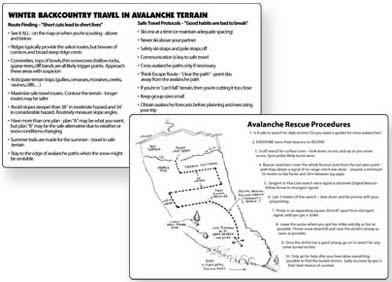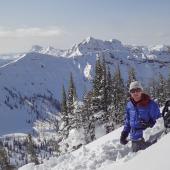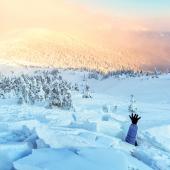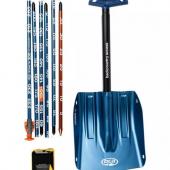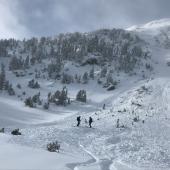Life-Link International
Safety resources for the backcountry.
If you’re like me, riding fresh powder is one of the greatest feelings of all—the type of addictive pleasure that influences life decisions. It’s that addiction that brings us away from the chairlifts and tracked lines of ski hills and into the pristine backcountry. The popularity of riding fresh, backcountry snow is growing fast, and that means that more and more people are getting involved in avalanches. Most of these accidents are the result of uneducated users making poor decisions. Life-Link International’s Snow Study Cards can help you predict the behavior of a slope and thus decrease your chances of being hurt or killed in an avalanche.
Life-Link has been making backcountry safety tools since 1978 and their experience is quite evident in these handy little cards. They are 3x5-inch opaque plastic cards and are easy to use. I had three different cards: Snow Pit, Slope Meter, and Snow Crystal. Both the Snow Pit and Snow Crystal cards retail at $4.95, the Slope Meter Card at $16.95, and can be purchased at any backcountry specialty store.
The Snow Pit card accurately describes how to dig a hasty pit and begin a diagnosis of the snow surface. It gives pointers on what techniques to use and what to look for in the layers of snowpack. The card also defines the two types of snow grains—Temperature Gradient and Equal Temperature grains—and shows measurements for the hardness and the size of each type. The Slope Meter card is a handy way to find out the degree of angle of a slope. It has a dial and quickly shows the angle and also which slope degrees are most prone to slides (35-40 degrees). It also has a TOPO-GRAF for both 40- and 80-foot map contours, which is helpful in looking for terrain on a topographical map. The Snow Crystal Guide gives ten types of snow crystal particles or grains and has both examples and graphic symbols for each one. The guide also has a grain size grid with 1mm, 2mm, and 3mm size differences.
These self-explanatory information cards are very helpful in determining the safety of a particular slope. Most of this information is taught in avalanche safety courses and is already the practice of many backcountry users. When the cards are used together in combination with a snow pit, a complete assessment can be made on whether a slope should be skied or ridden. Using these cards will definitely be in your favor, and the statistics are telling enough to make you back off a risky slope. Stay safe this winter and use these and other tools to learn about avalanches.
Snow Study Cards
www.life-link.com
800.443.8620

